What is the best Diablo 4 tier list, and Diablo 4 class guide? We’ve outlined all you need to know about each one to assist you in making your choice while you explore Sanctuary 4 offers players the chance to choose from a variety of unique classes when creating their character, much like every game in the series before it.
The most recent entry in Blizzard’s hack-and-slash ARPG series has five characters, each of whom has special strengths, weaknesses, mechanics, and powers.
In Diablo 4, every class is strong and capable of tremendous success on the battlefield, although some are generally more powerful than others. Also, you could prefer some classes over others based on your playing style. This contains a ranking of the top classes, a description of each class, and some class recommendations for single players and newcomers.
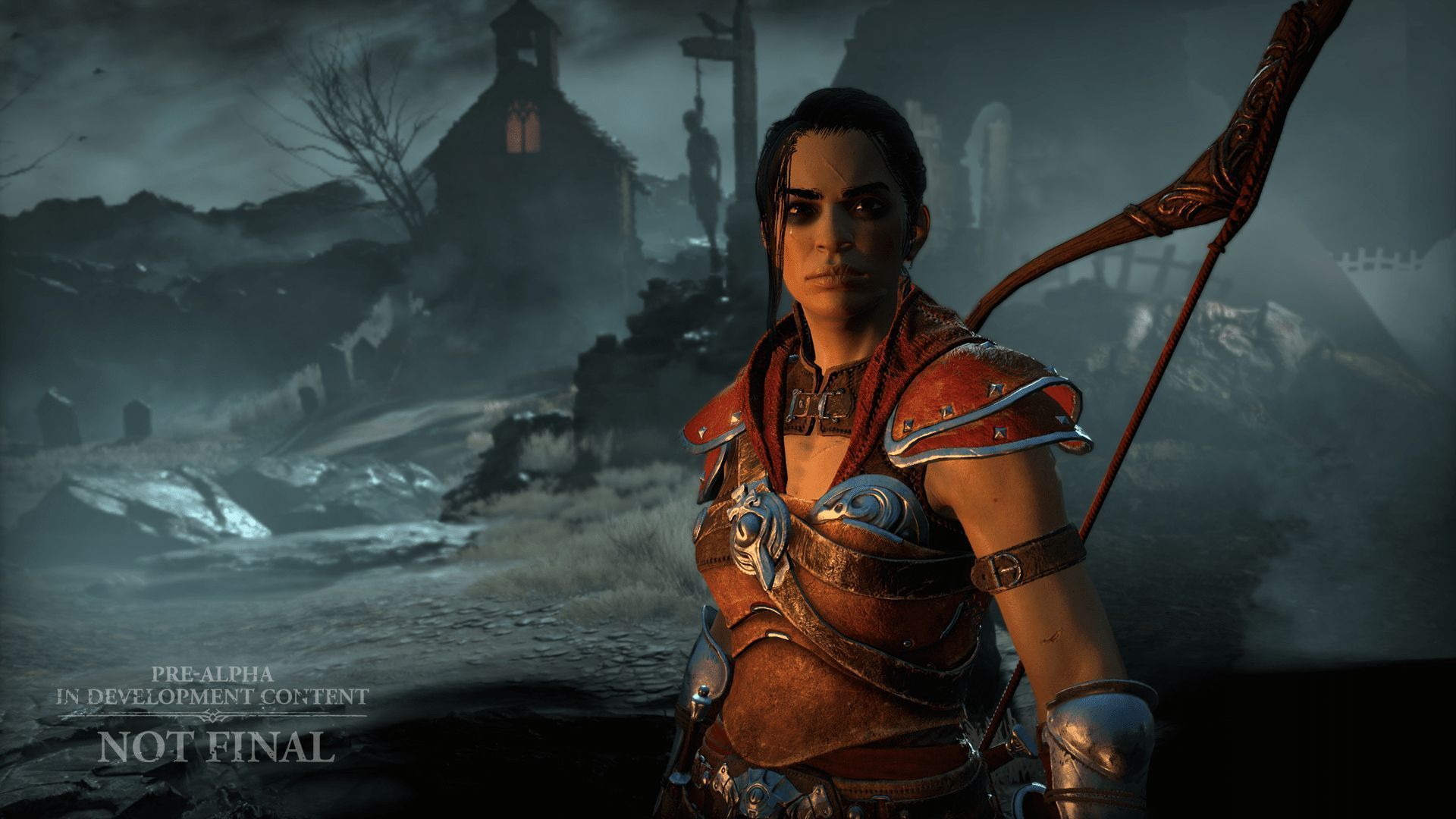
Diablo 4: Tier list
Diablo 4 has been balanced such that all of its playable classes are powerful, as we’ve previously stated. There isn’t a “bad class,” so you should just pick the one that seems like the most fun to play instead of worrying about the metagame or anything.
Having said that, certain classes are somewhat superior to others, and players that are comfortable with all playstyles will probably prefer to choose the best class overall. In light of this, we’ve given each class a ranking in the tier list below.
At this time, it’s difficult to pinpoint precisely which classes will be the “best.” Some classes drastically vary in potency as they acquire specific affixes when more and more unique items from the game’s review build become available. In the early beta tests of the game, barbarians were seen as some of the weakest, but in the final game they became quite viable. Barbarians may be seen one-hitting The Butcher and other powerful bosses in whirlwind build videos.
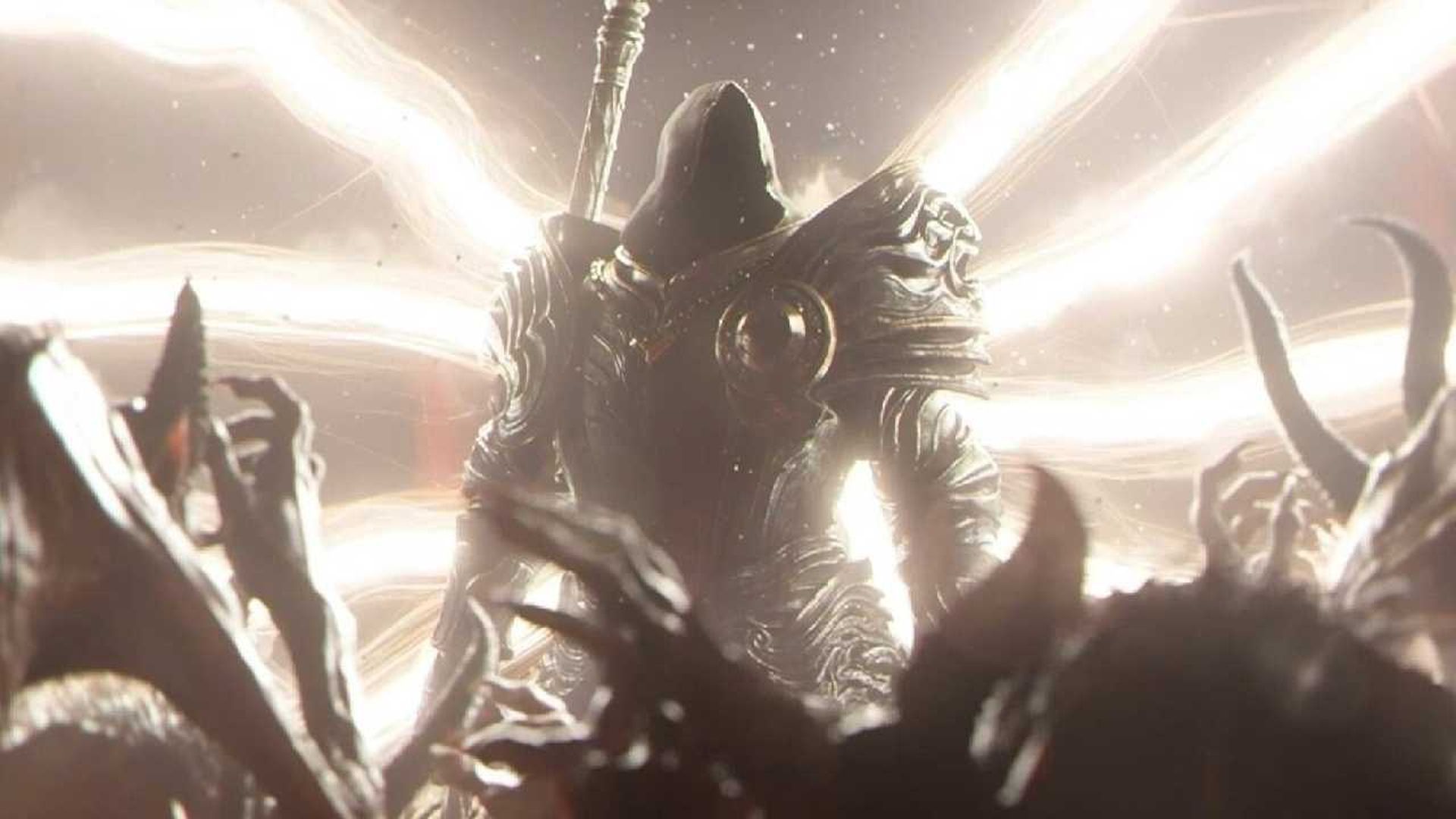
Additionally, certain Rogue builds have shown to be powerful enough to defeat world monsters alone. The majority of our Diablo 4 review was conducted on a Druid, who also has strong end-game setups, while Necromancers suffered slightly from changes made to their minions.
Once all the uniques have been found, we’ll do a more thorough examination because they fundamentally alter the roles that each and every spec may play.
Which class should you play in Diablo 4?
Here, we’ll go over each class’s ins and outs so you can have a sense of what to expect while utilizing them.
Barbarian
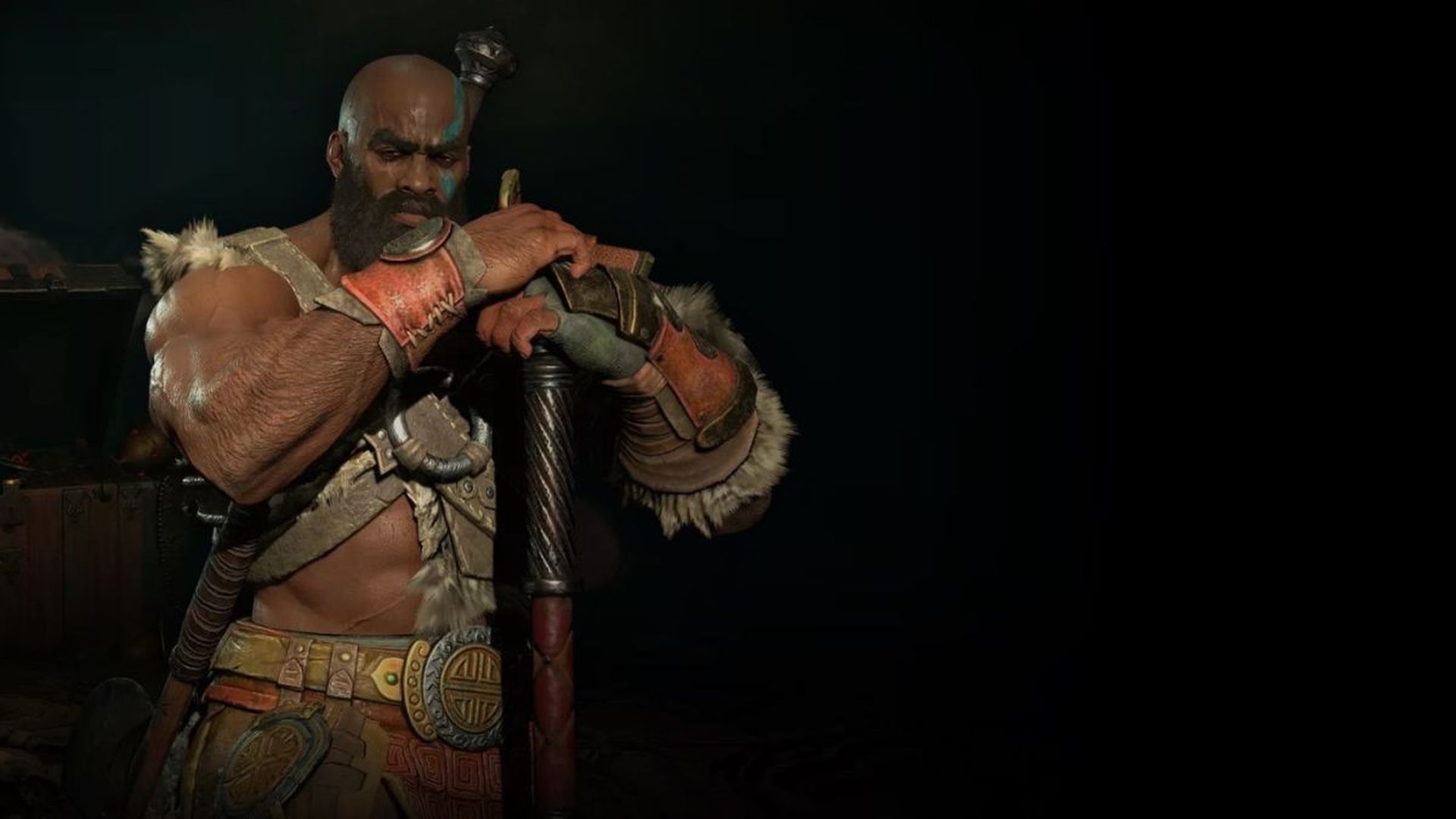
The Barbarian is a simple and tanky combat class in Diablo 4 that deals decent close-range damage and can keep up with enemies who move quickly. They have a lot of health and 10% damage resistance, can do damage-over-time with Bleed state effects, and are generally simpler to play than other classes.
The Arsenal system, which is a special class mechanic, enables you to carry about a variety of weapons and apply them to certain talents to receive specialized stat benefits. Fury, a resource that Barbarians require for their most potent abilities, is quickly earned when making basic attacks and gradually lost when not engaged in combat.
Due to the lack of useful ranged choices in the barbarian skill tree, they will suffer more than other classes while confronting adversaries at a distance. Furthermore, if they take too many hits, opposing crowd control skills will restrict their capacity to close the distance.
Strengths: High health, portable, and forgiving gameplay.
Weaknesses: Melee fighting at close range may be dangerous and put you in danger pretty easily.
Rogue

In Diablo 4, rogues are one of the most adaptable classes since they may use daggers or bows to assault opponents from a distance. They have the ability to lay lethal traps or infuse their weapons with magic to cause different status ailments. They are also capable of causing extremely high critical damage. Once they reach level 15, rogues can start selecting class-exclusive Specializations, which are essentially extra mechanics that alter how your talents interact with one another.
The Combo Points Specialization, for instance, enables you to accumulate combo points by repeatedly striking an opponent with basic strikes. These combo points are then used when you employ a core ability like Flurry or Barrage.
Rogues’ main resource is Energy, which slowly regenerates over time. However, several skills and talents on the Rogue skill tree enhance its rate of regeneration or return a specific number of Energy points when used, allowing you to employ strong abilities that need it more frequently.
If you’re new to Diablo, you might wish to start with a simpler class, like the Barbarian, as rogues are quite challenging to play in comparison to other classes. This is due to the fact that they don’t have a lot of health and the fact that managing your talents and energy well is crucial for rogues.
Strengths: Adaptability, significant crit damage, and a large number of status effects.
Weaknesses: Not very durable, difficult to play.
Sorcerer

Barbarians have great health, whereas sorcerers (or sorceresses) have little health but can do a lot of ranged magic damage. They’re an excellent class for cautious solo players despite their limited damage tolerance because they can successfully crowd-control enemy groups with their spells.
Frost spells are especially useful for this because they Chill whatever they touch, greatly slowing down enemies. Lightning spells deliver a ton of damage when you get critical strikes with them, while Fire spells are excellent at dealing area-of-effect damage and causing the damage-over-time Burn effect.
Mana, which is unique to the Sorcerer class, is a resource that returns over time and may replenish more quickly by utilizing particular skills and talents, much like Rogue Energy does. Sorcerers must carefully manage their mana, as consuming it too rapidly might prevent you from casting the greatest spells from their skill tree when you need to.
In particular, Sorcerers are among the strongest additions to co-op teams since frontline classes like Barbarians and melee-focused Rogues may deflect damage or deter aggro from them. This greatly reduces the Sorcerer’s one vulnerability, making it simple for them to easily destroy distant targets.
Strengths: Lots of status effects, extended range, and high damage.
Weaknesses: weaker health, less potent up close.
Necromancer
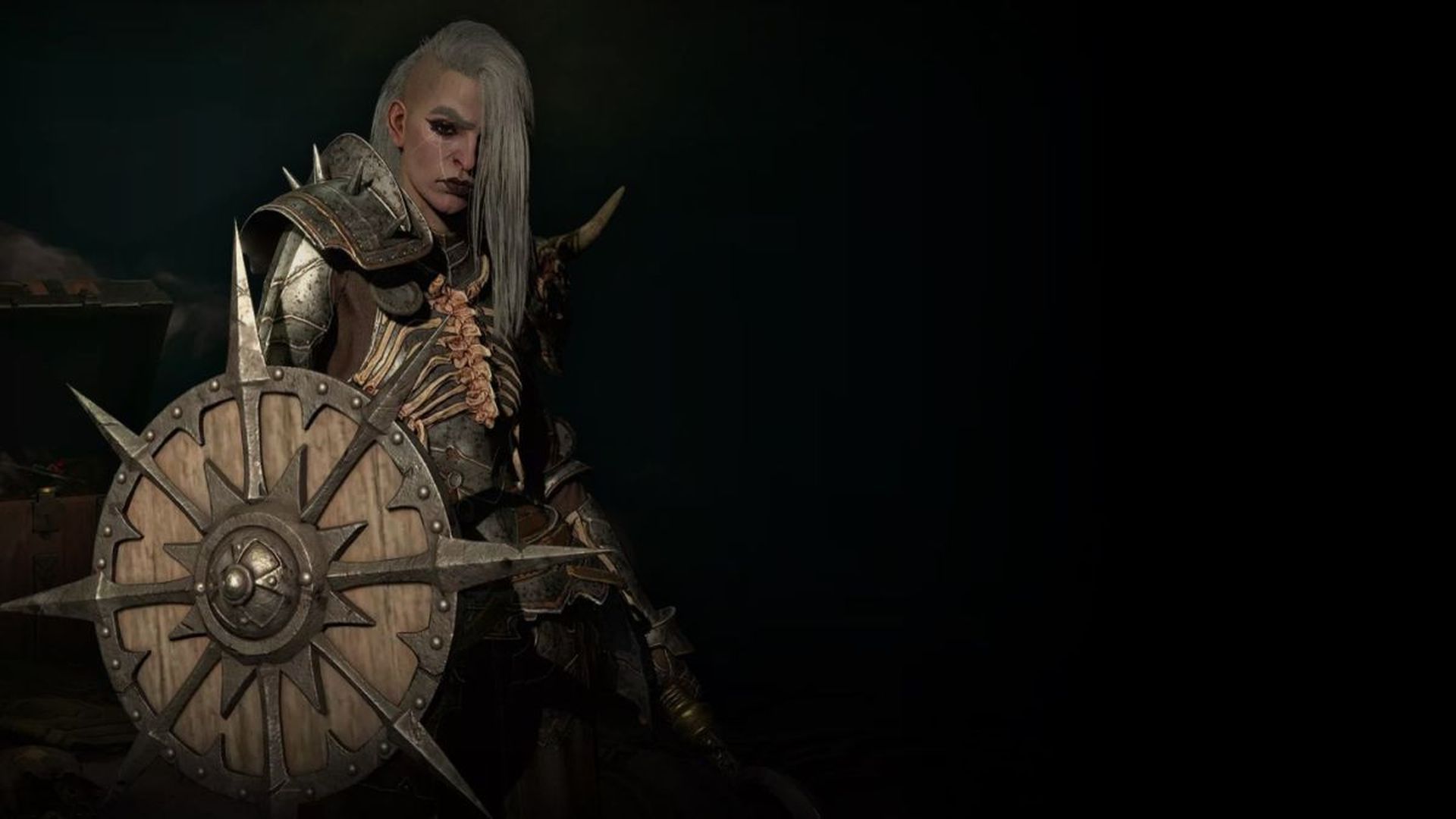
The Necromancer has long been considered an S-tier class because to its incredible versatility and lack of substantial disadvantages. They can engage in melee and ranged combat, create legions of aggro-attracting zombie minions, and even employ Bone, Shadow, and Blood magic to crowd control groups and heal themselves after taking damage.
The Necromancer is the most flexible class in the game by design because of the extensive variety of unique abilities and minion customization choices on the Necromancer skill tree. Because of this, they are powerful in all circumstances, even multiplayer. Due to their lack of significant disadvantages, necromancers are also perhaps the greatest class for solo play.
The Necromancer class’s main true drawback is that it is less specialized than classes like the Barbarian or Sorcerer. In the end, this class trades adaptability for maximum potential, and that tradeoff will be worthwhile in most circumstances. In later beta updates, Blizzard nerfed the Necromancer’s minions (and subsequently unnerved them), leaving some uncertainty about how they would scale in the endgame.
Strengths: A balanced playstyle, legions of henchmen.
Weaknesses: Less specialized than other classes.
Druid
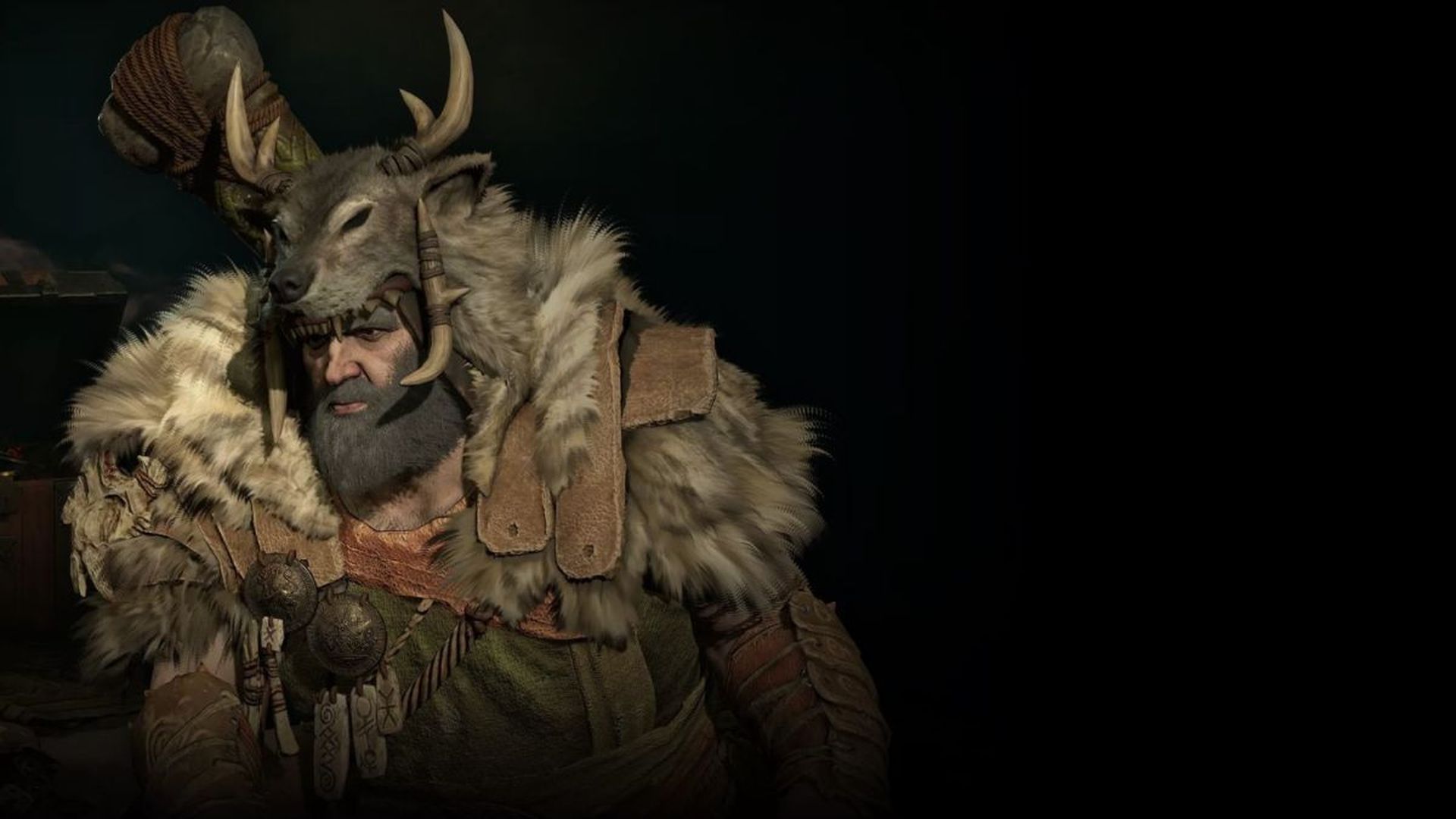
The Druid is comparable to the Barbarian in that melee damage is primarily the focus of the class. Druids have the ability to shapeshift between the werebear and werewolf forms, with the latter having a bigger health pool and greater area-of-effect choices while the former has a faster attack speed and more critical damage.
Druids are typically more resilient than other classes, and even while they aren’t nearly as tanky as a Barbarian, you can still take a lot of damage with a build that emphasizes your Werebear form. When playing on World Tier 2, Druid’s damage output peaks in the mid-30s and then really ramps up when they start unlocking legendary affixes.
The Druid skill tree offers few choices for ranged combat, although the class may use Earth, Wind, and Lightning magic to deal damage and crowd control to enemies. Even so, don’t anticipate being able to snipe or nuke opponents with the same level of efficiency as Rogues and Sorcerers.
Overall, the Druid is a rather adaptable character, especially in close-quarters combat thanks to its shapeshifting skills and nature magic. They’re a touch more difficult to play than a Barbarian because their gameplay involves more than just slashing at anything in sight, but their wide range of talents may make them more successful.
Diablo 4’s March betas revealed that Druid was initially on the weaker side, but they have since received considerable buffs and are now one of the game’s best classes.
Strengths: Adaptable, somewhat resilient, and effective at crowd control.
Weaknesses: Damage ramps may be quite crit-dependent and need some setup.

What is the best Diablo 4 class guide?
Depending on your playstyle, there is a top Diablo 4 class guide. Consider choosing the Rogue if you like to assault your opponents quickly and viciously with melee strikes that completely destroy them. Choose the Necromancer if you want to provide a hand or just like the thought of leading an army of the undead.
Choose the Druid if you enjoy physical combat or if the idea of instantly transforming into a polar bear appeals to you. The Barbarian is the best option if you like fierce combat and a large selection of weaponry. Finally, you should choose the Sorcerer if you enjoy casting spells and rely on magic to improve your gaming.
So, you learned everything about the Diablo 4 tier list and Diablo 4 class guide. You can read our article below:





